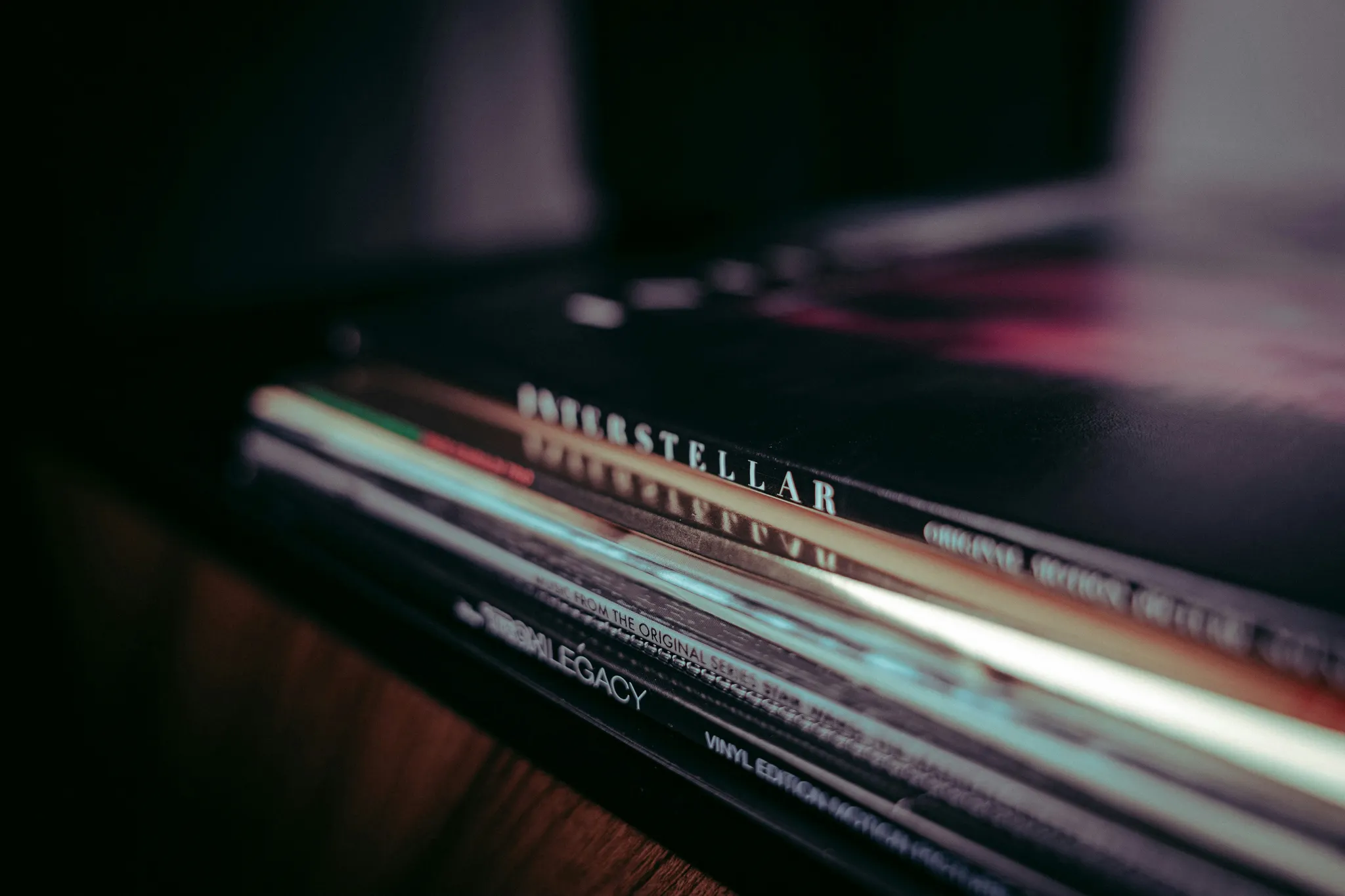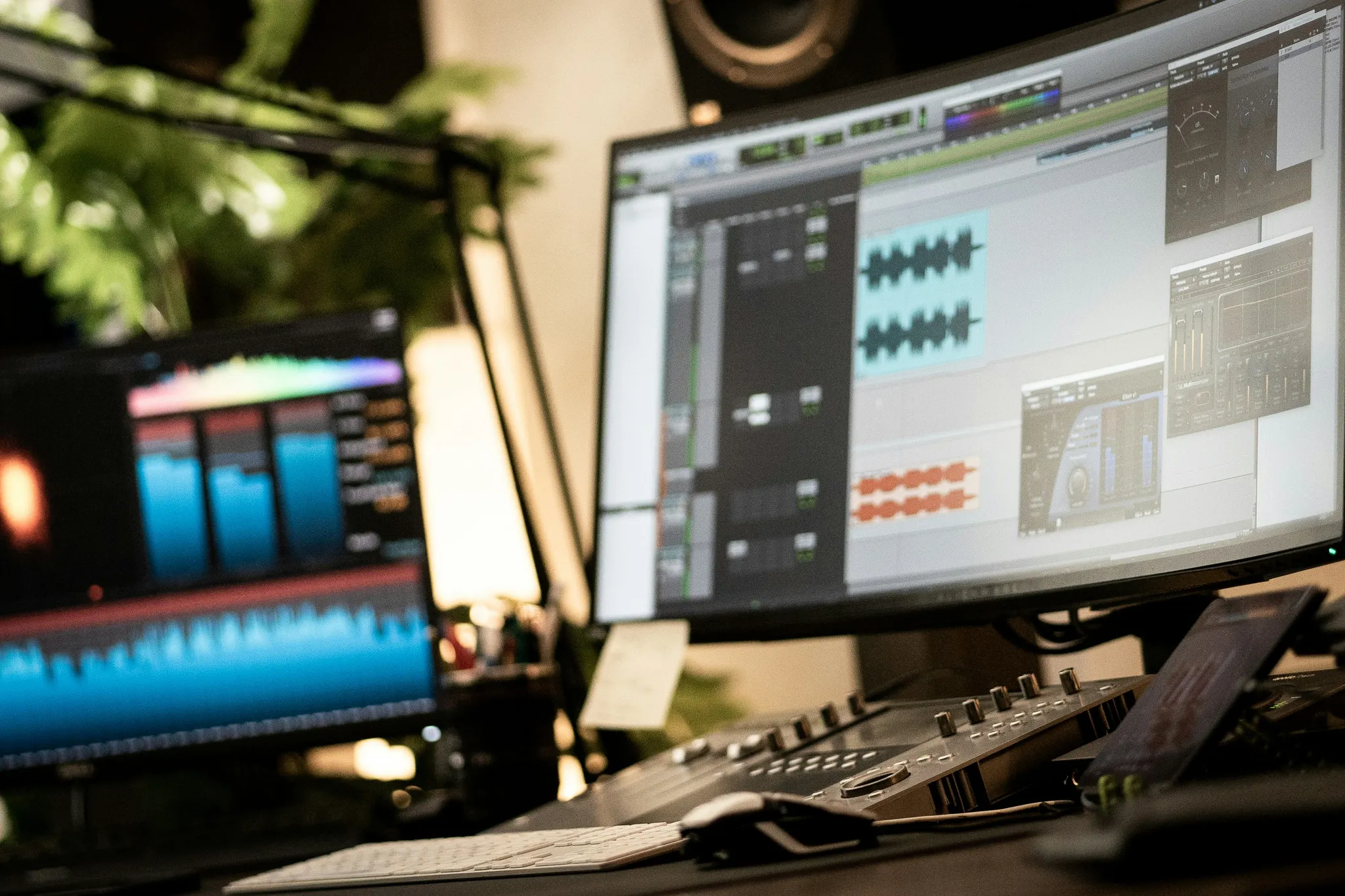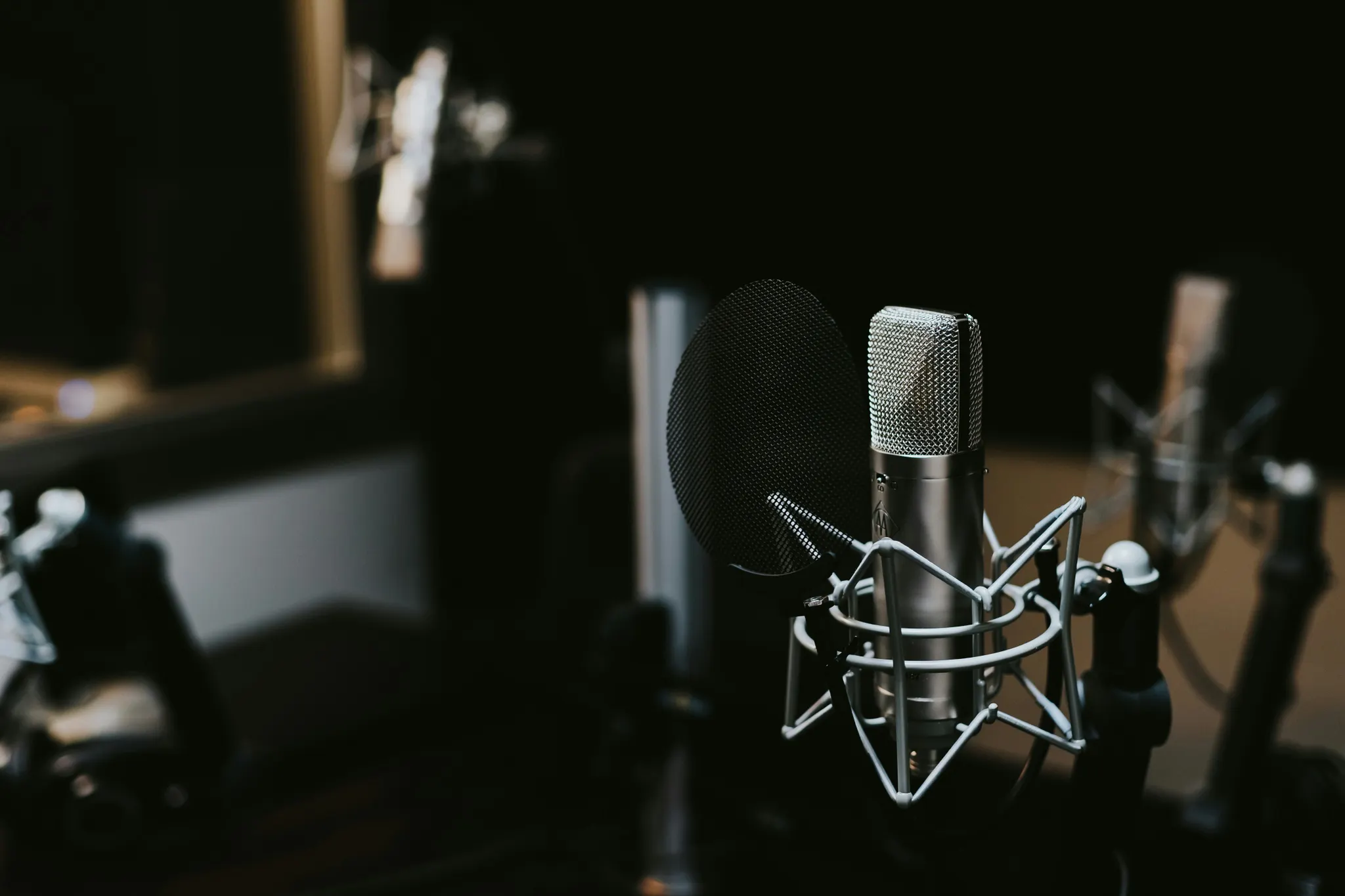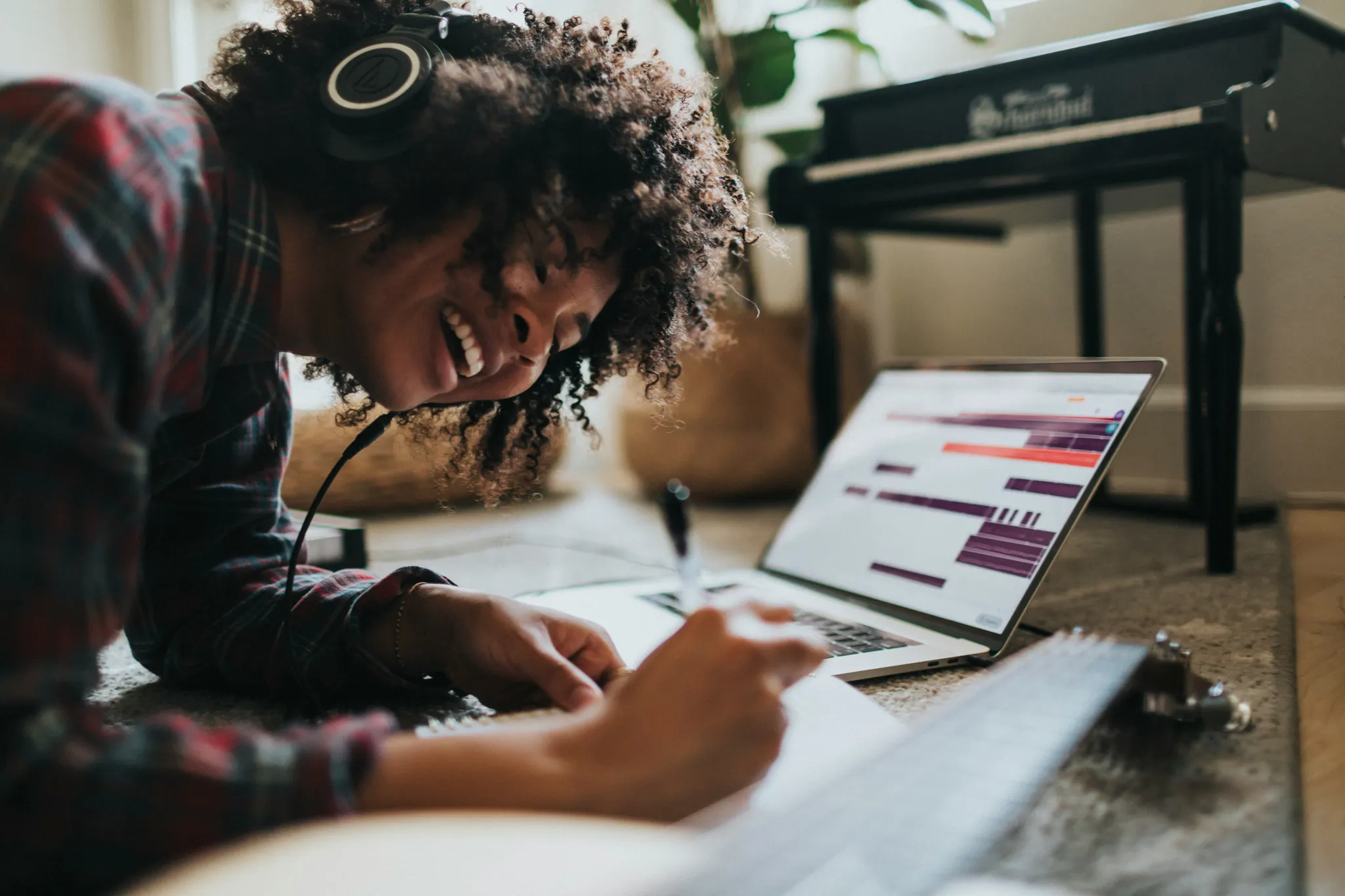
Sync Licensing Basics: How Indie Artists Can Get Music in TV, Film, and Games
Imagine hearing your song in the background of a hit Netflix show, in a car commercial, or on the soundtrack of a popular video game. That’s the power of sync licensing (short for “synchronization”). For independent artists, sync placements can mean exposure to millions of new listeners, as well as a significant revenue stream.
In this article, we’ll break down the basics of sync licensing, how indie artists can take advantage of it, and what you need to do to get your music ready for TV, film, and gaming opportunities.
🎶 What Is Sync Licensing?
Sync licensing is when a piece of music is paired (or “synchronized”) with visual media such as:
- TV shows and movies
- Commercials and ads
- Video games
- Trailers
- YouTube videos or online content
Any time music is “synced” to visuals, a license is required. That license generates income for the rights holders of the song.
💰 How Do Sync Royalties Work?
When a sync deal happens, there are usually two types of payments involved:
- Upfront sync fee
- A one-time payment negotiated for the right to use your song.
- Amounts can vary widely — from a few hundred dollars for small projects to tens of thousands for high-profile commercials.
- Performance royalties
- Generated when the project containing your music is broadcast (on TV, film, or even in public places).
- Collected through PROs (Performance Rights Organizations) like ASCAP, BMI, or PRS.
👉 Both the songwriter/publisher (composition rights) and the artist/label (master rights) get paid.
📝 Who Handles Sync Licensing?
There are a few key players in the sync licensing world:
- Music Supervisors – The people in charge of selecting and placing music in shows, films, and games. They work directly with producers and directors.
- Sync Agencies & Libraries – Companies that represent artists’ catalogs and pitch songs to music supervisors. Examples include Songtradr, Musicbed, and Marmoset.
- Publishers & Labels – If you’re signed, they often handle sync opportunities on your behalf.
Independent artists often work with sync libraries or pitch directly to supervisors.
🎤 How Indie Artists Can Get Started
- Make Your Music Sync-Friendly
- Instrumental versions are often required.
- Clear, universal themes (love, freedom, nostalgia) tend to get placed more often than hyper-niche topics.
- High-quality production is essential — music supervisors won’t compromise on sound.
- Own Your Rights (or Know Who Does)
- To license your music, you need to control both the master and the publishing rights, or have clear agreements with co-writers and producers.
- “One-stop” songs (where one person controls all rights) are especially appealing to supervisors because they’re simple to clear.
- Register With a PRO
- Organizations like ASCAP, BMI, or PRS collect performance royalties when your song airs.
- Without registration, you’ll miss out on ongoing income.
- Submit to Sync Libraries
- Platforms like Songtradr, Artlist, and Musicbed make it easier for indie artists to land placements.
- Be selective — some libraries are non-exclusive, while others require exclusivity.
- Network With Supervisors
- Music supervisors are always looking for authentic, new music.
- Attend industry events, panels, and online forums where supervisors share opportunities.
⚖️ Pros and Cons of Sync Licensing for Indie Artists
Pros:
- Exposure to large audiences.
- Potentially high upfront fees.
- Long-term performance royalties.
- Builds credibility for your music career.
Cons:
- Highly competitive space.
- Contracts can be complex (exclusive vs. non-exclusive deals).
- Not every genre fits sync trends.
🚀 Maximizing Sync Opportunities
Sync licensing works best when paired with a larger strategy. Even one good placement can lead to:
- More streams on Spotify and Apple Music.
- New fans discovering your music.
- Merch and ticket sales driven by new exposure.
To make the most of it, build a strong marketing foundation with:
- Landing pages for new listeners.
- Pre-saves to maximize momentum on streaming.
- Email and SMS campaigns to keep new fans engaged.
Platforms like Sonikit give indie artists these tools, helping you turn a single sync placement into long-term growth.
Final Thoughts
Sync licensing isn’t just for major-label artists. Independent musicians have more opportunities than ever to get their music placed in TV, film, and games. The keys are owning your rights, registering with a PRO, creating sync-ready music, and building relationships with supervisors and libraries.
With persistence, sync can be both a creative milestone and a serious revenue stream — while introducing your music to audiences you’d never reach on your own.
📌 Next Steps for Indie Artists
- Register with a PRO (ASCAP, BMI, or equivalent).
- Create instrumental versions of your tracks.
- Explore sync libraries like Songtradr or Musicbed.
- Use tools like Sonikit to capture and nurture new fans after your first sync placement.



